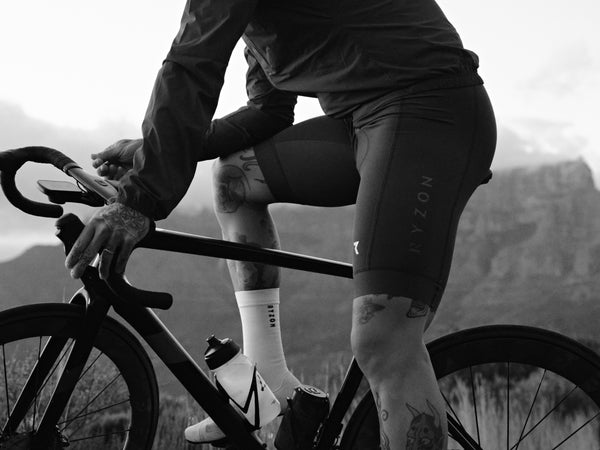What swimming techniques are best for a triathlon?
The most effective swimming technique in triathlon is the front crawl. It's fast, efficient, and saves energy—a clear advantage for the subsequent cycling and running disciplines. However, breaststroke can also be a suitable technique for beginners, especially for shorter sprint distances.

1. Why crawl is the best swimming technique in triathlon
Freestyle swimming is considered a standard discipline in triathlon. Compared to breaststroke, it offers decisive advantages:
- Efficiency: The movement sequence allows for even strain and protects the leg muscles – a clear advantage for subsequent cycling and running.
- Breathing: Lateral breathing keeps the rhythm stable, even over longer distances.
- Arm use: The powerful arm pull ensures high propulsion and an even position in the water.
- Less resistance: The stretched body position reduces water resistance and increases speed.
2. Breaststroke – an option for beginners
Many beginners start their first triathlons with breaststroke.
Advantages:
- Simple movement sequence
- Good overview in the water
- Less coordination effort
Disadvantages:
- Higher energy consumption due to intensive leg kick
- Slower pace compared to front crawl
3. Typical mistakes when swimming in triathlon
Whether freestyle or breaststroke – these mistakes cost energy and time:
- Trains that are too short
- Lack of waterfront location
- Irregular breathing
- Too hectic pace
4. Tips for better swimming training in triathlon
If you want to swim faster and more efficiently, you should work specifically on your technique:
- Technique training with aids: pull buoys, paddles or fins improve water position and arm stroke.
- Regular open water training: preparation for currents, waves and orientation.
- Practice breathing rhythm: Breathe evenly (e.g. every 3 breaths) for more stability.
- Professional swim coaching: Trainers identify weak points and provide targeted exercises.
Our expertise: RYZON works closely with world-class triathletes such as Jan Frodeno and Julia Alina Schuler . Their experience informs the development of products that support you from the start line to the finish.

You might also be interested in:

